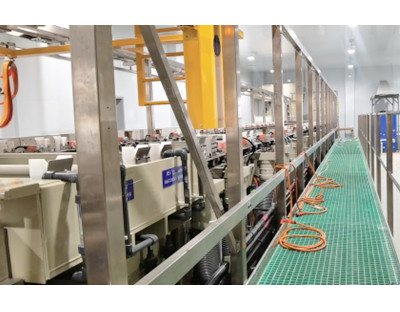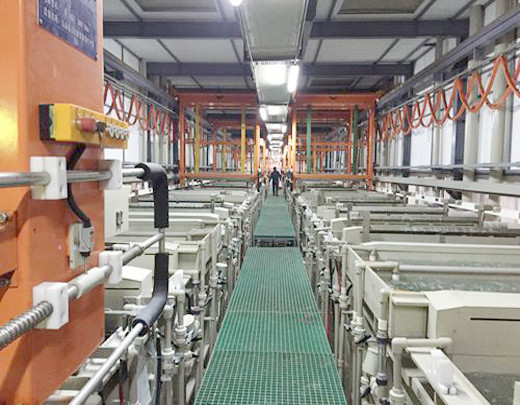I, Wide Definition of Pulse Electroplating
Pulse electroplating is widely defined as intermittent current electroplating. Intermittent current refers to the occurrence of forward current at one time and reverse current at another time. Since the 1950s, people have been engaged in research on pulse electroplating, as pulse current can refine the crystallization, high adhesion, and no pores of the coating, resulting in excellent physical and chemical properties of the coating.
II, Pulse electroplating parameters
According to numerous experiments, for a predetermined electrolyte system, the metal plating rate depends on four parameters: (1) pulse frequency, (2) cycle (duty cycle), (3) waveform, and (4) current density. In addition, additives, chemical solutions, and the characteristics of the metal itself also have a certain impact on the effectiveness of pulse electroplating. When applying pulse electroplating, it is executed without preset standard parameters. Each specific metal must be experimentally searched for its specific parameter combination to improve the physical properties of the coating, which is the biggest drawback of pulse electroplating. We cannot apply a combination of other metal pulse electroplating parameters to another metal pulse electroplating aspect. Due to the design requirements of circuit boards tending towards thin wires, high density, and fine aperture (even micro through-holes), current DC electroplating cannot meet these requirements. Due to the reduction of pore size and the increase of plate thickness, perforation copper plating poses great technical difficulties, especially in the plating layer at the center of the pore size, where the copper layer at both ends of the pore size is too thick but the central copper layer is insufficient. The uneven coating can affect the effectiveness of current transmission. This problem can be overcome by shifting from periodic electroplating to pulse electroplating. The working principle of high-speed cycle turning pulse electroplating is to apply forward current electroplating for a period of time (about 95%), and then use a high-energy short speed reverse current electroplating (about 5%). The high-speed cycle shifts to a pulse current that interacts with the electroplating solution and additives, polarizing the high current density domain and redistributing the electroplating current to the low current density domain. The effect is to reduce the copper coating in the high current density domain, but this situation will not occur in the low current density domain. Therefore, the electroplating copper layer in the pore size of the circuit board is thicker than the surface copper layer.
III, Introduction to the Principle of Pulse Electroplating
During the electroplating process, there are three resistances in the plating cylinder: anode resistance, cathode resistance, and plating solution resistance. During the cathodic deposition process, the cathodic resistance can be divided into two major parts; Geometric resistance and polarization resistance.
When electroplating geometric electrical components (primary current distribution), the surface resistance of the circuit board is different from the resistance in the aperture due to different shapes. The surface resistance (Rs) is lower than the aperture resistance limit (RH). Therefore, the current flowing to the surface (Is) is much greater than the current in the aperture (IH). Therefore, uneven distribution of pore size and surface copper layer occurs.





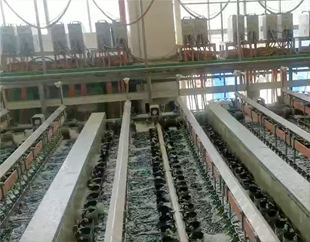
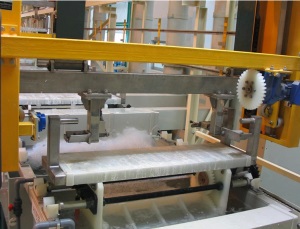
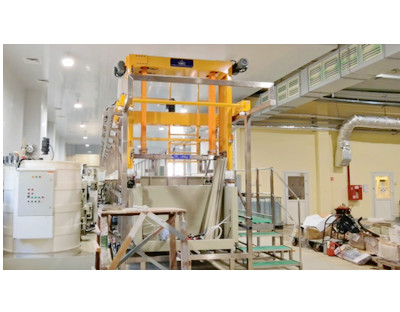
 Mar. 02, 2022
Mar. 02, 2022 